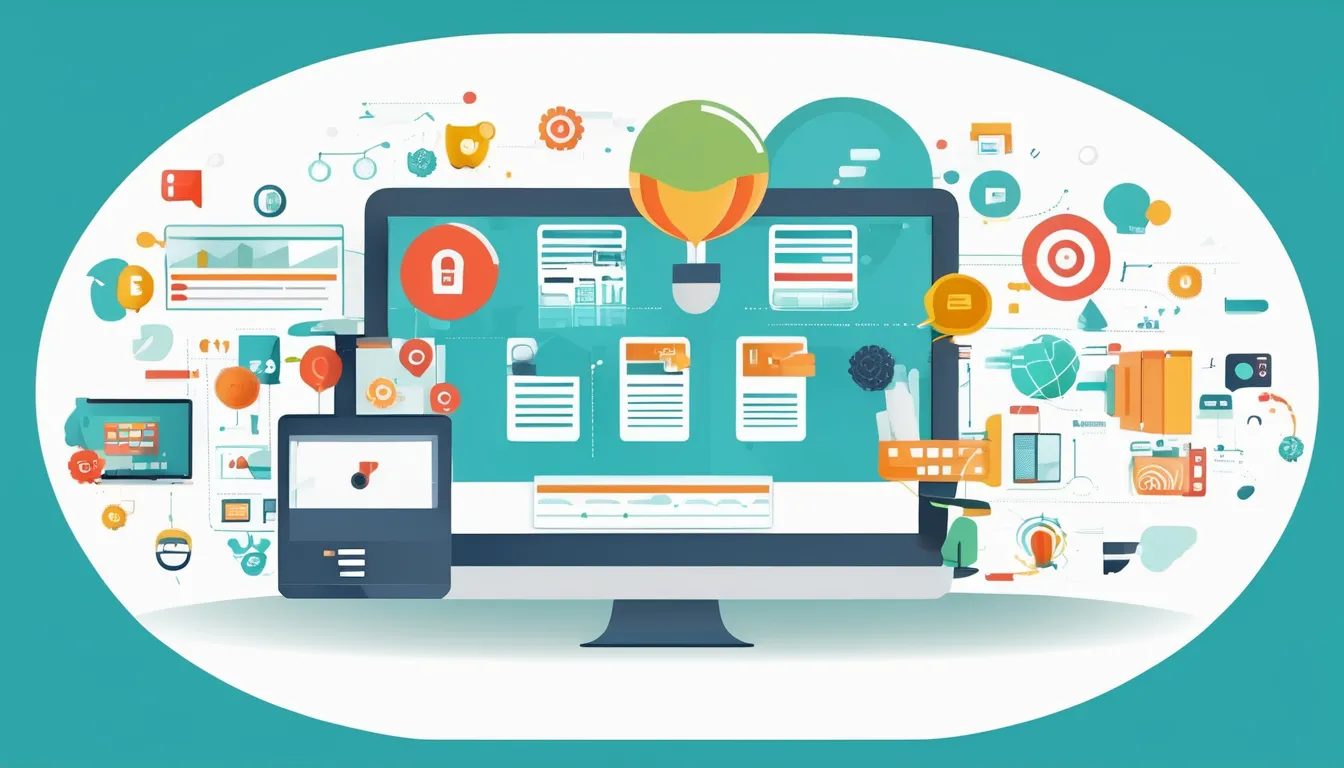When it comes to financing equipment for your business, you’re faced with a crucial decision: leasing, loans, or sale leaseback? Each option has its advantages, but which one aligns with your goals and priorities? You might be drawn to leasing for its flexibility and lower upfront costs, or perhaps loans appeal to you for the ownership and control they provide. Then there’s sale leaseback, which can inject much-needed cash into your business. But how do these options really stack up, and what are the potential pitfalls to watch out for? equipment sale leaseback financing.
Understanding Equipment Leasing Options
With a multitude of equipment leasing options available, it’s essential to understand the differences between them to make an informed decision that aligns with your business goals.
You need to consider factors such as the type of lease, lease term, and monthly payments.
Operating leases, for instance, allow you to use the equipment for a set period, usually with the option to return it at the end of the lease.
Capital leases, on the other hand, give you ownership of the equipment at the end of the lease.
You’ll also need to decide between a fair market value (FMV) lease and a dollar-buyout lease.
FMV leases offer lower monthly payments, but you’ll need to return the equipment or purchase it at its fair market value at the end of the lease.
Dollar-buyout leases have higher monthly payments, but you’ll own the equipment outright once the lease ends.
The Ins and Outs of Loans
Since you’re exploring equipment financing options, you’re likely considering loans as an alternative to leasing. Loans can provide the funds you need to purchase equipment outright, giving you full ownership and control.
However, you’ll need to consider the total cost of ownership, including maintenance, upkeep, and potential repairs.
When evaluating loan options, you’ll want to consider the interest rate, repayment terms, and any fees associated with the loan.
You may also need to provide collateral or a down payment to secure the loan. Loans can be secured through traditional banks, credit unions, or alternative lenders, each with their own requirements and terms.
It’s essential to carefully review the loan agreement and understand your obligations before signing.
You should also consider your business’s cash flow and ensure you can meet the repayment terms. While loans can provide the financing you need, they may not be the most cost-effective option, especially if you don’t plan to use the equipment long-term.
Sale Leaseback: The Basics
After exploring loan options, you may want to consider an alternative financing method that allows you to tap into the value of equipment you already own: sale leaseback.
This financing method involves selling your existing equipment to a leasing company, which then leases it back to you. You’ll typically receive a lump sum payment for the equipment, which you can use to inject capital into your business or pay off debts.
In a sale leaseback arrangement, you’ll continue to use the equipment as you normally would, but you’ll make regular lease payments to the leasing company.
The terms of the lease will vary depending on the agreement, but you may be able to negotiate flexible payment schedules or customize the lease to suit your business needs.
Weighing the Financial Implications
Your business’s financial health depends on making informed decisions about equipment financing, and a sale leaseback arrangement is no exception.
When considering this option, you’ll want to carefully evaluate the financial implications to ensure it aligns with your business goals. Start by examining the upfront costs.
In a sale leaseback, you’ll typically receive a lump sum payment for your equipment, which can provide a much-needed cash infusion. However, you’ll also need to consider the ongoing lease payments, which will be deducted from your bottom line.
Additionally, you may be required to pay fees for maintenance, insurance, and taxes, so be sure to factor these expenses into your calculations.
It’s also essential to consider the tax implications of a sale leaseback. As the lessor, you’ll need to claim the lease payments as income, which may impact your tax liability.
Conversely, you may be able to claim depreciation and interest expenses as deductions, so consult with a tax professional to determine the best approach for your business.
Making the Right Choice for You
Now that you’ve carefully weighed the financial implications of a sale leaseback arrangement, it’s time to consider what this option means for your business’s unique situation.
You need to think about your company’s goals, priorities, and constraints. Are you looking to conserve capital, reduce debt, or improve cash flow? Do you need flexibility in your financing or want to minimize risk?
Ask yourself if a sale leaseback arrangement aligns with your business objectives. Will it help you achieve your goals or create new opportunities?
Consider your current equipment needs and whether a sale leaseback will give you the flexibility you need to adapt to changing circumstances.
Think about the tax implications and how they’ll impact your bottom line.
Conclusion
You’ve weighed the pros and cons of equipment leasing, loans, and sale leaseback arrangements. Now, consider your business’s unique needs and priorities. If flexibility and lower upfront costs are key, leasing might be the way to go. If ownership and control are paramount, a loan could be the better choice. Or, if you need a quick cash infusion, sale leaseback could be the solution. Whatever you decide, make sure it aligns with your business goals and sets you up for long-term success.




